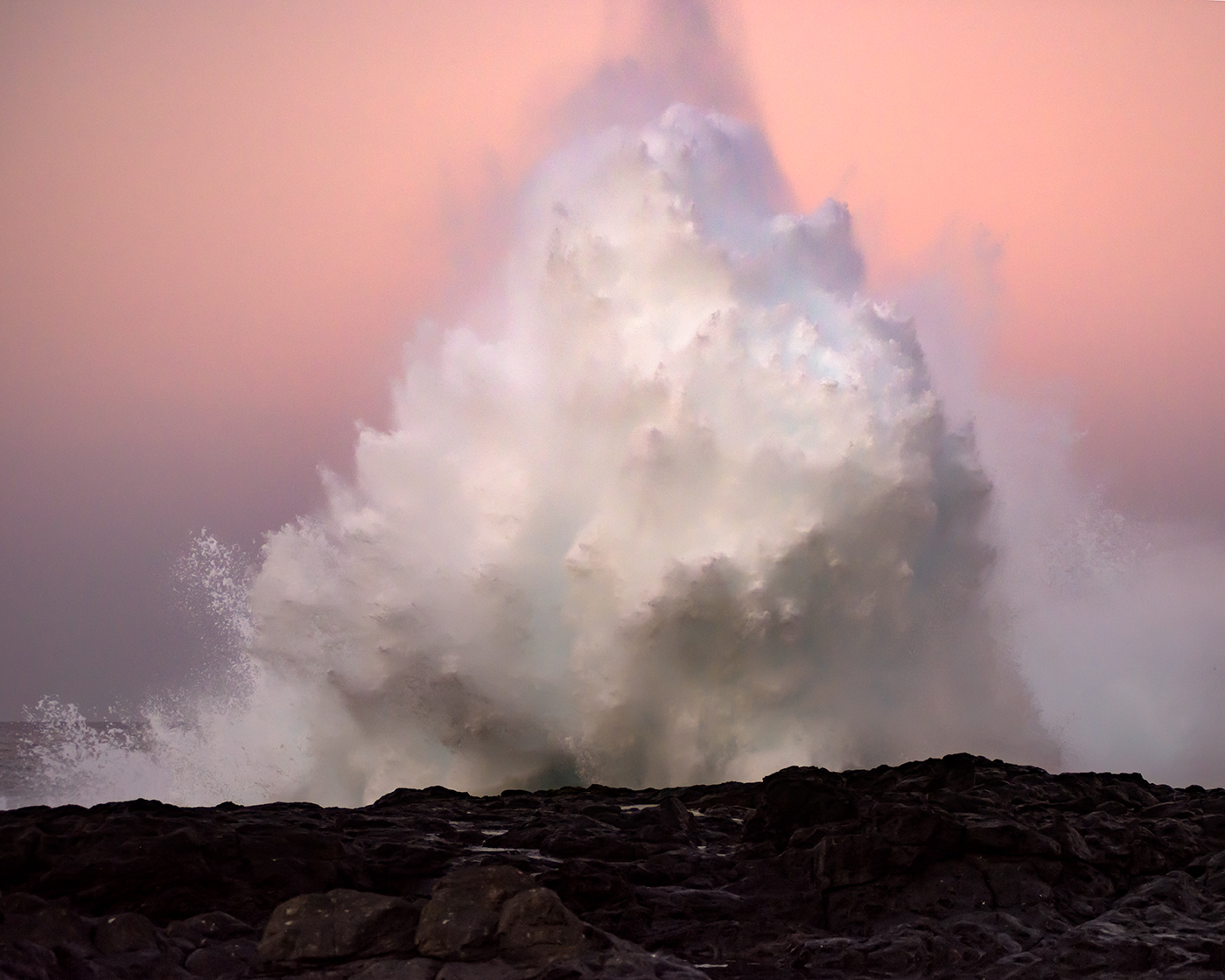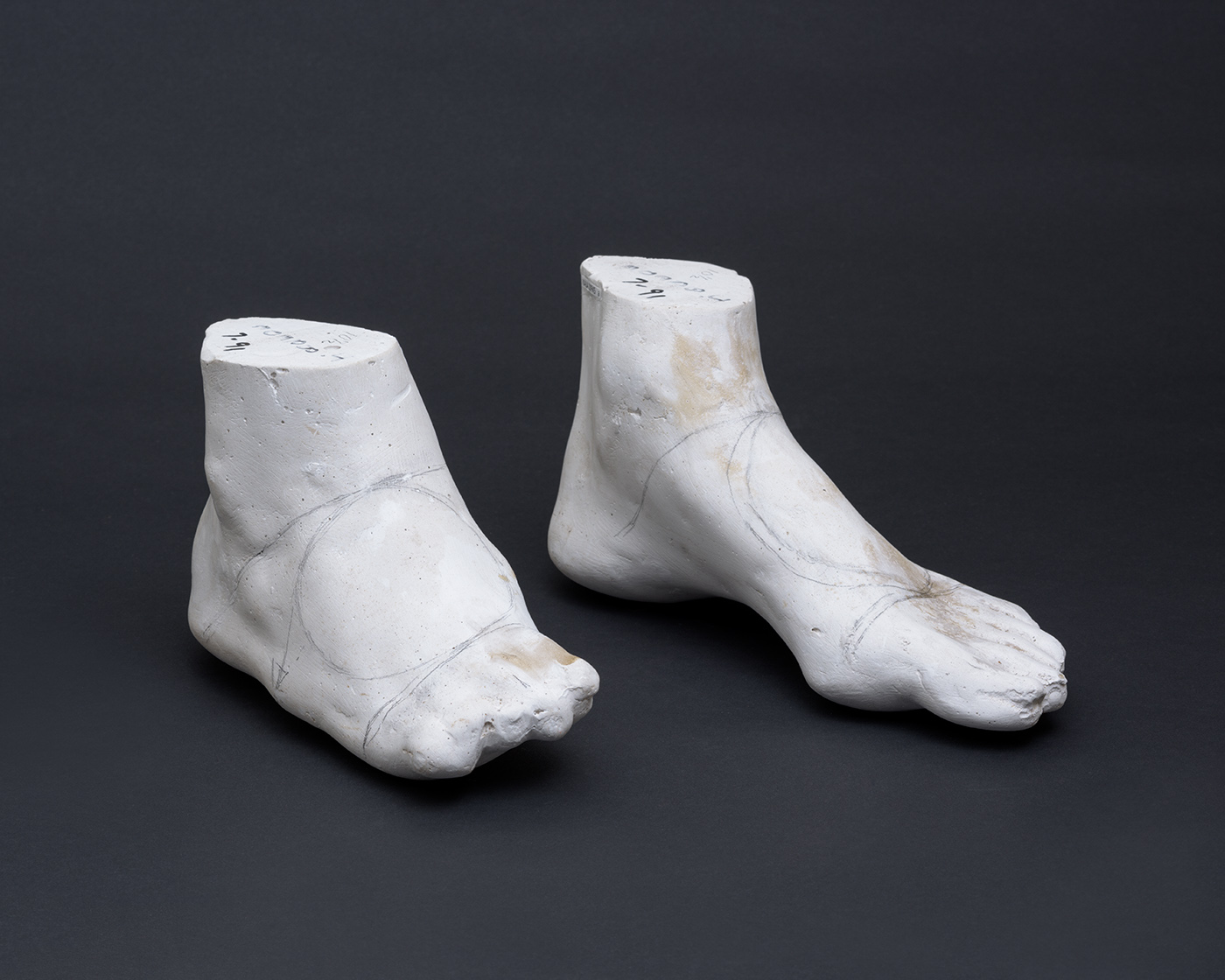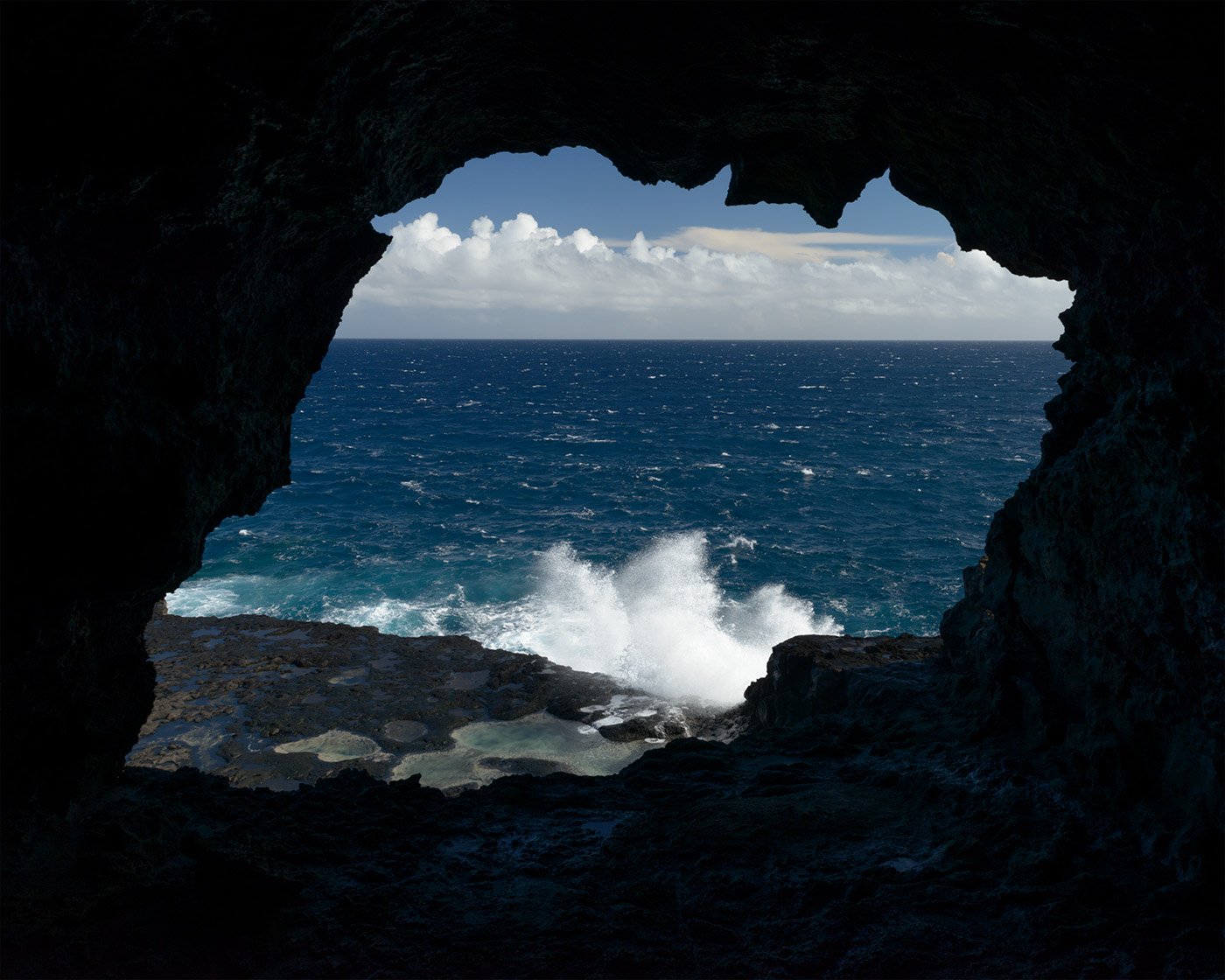






Artist's Statement
Shannon Benine
By unveiling the history of misunderstanding surrounding those afflicted with Hansen’s disease (leprosy) who were banished to Kalaupapa, this project reveals the complex past and its correlation to contemporary life on the island of Molokai. Even though Hansen’s disease is not transmitted by casual contact and most people are naturally immune, for centuries people with this chronic infection have endured intense social stigma and ostracism. From 1866 to 1969, decades after treatment was available, those with signs of the disease were exiled to the remote Kalaupapa peninsula located on the north shore of Molokai, Hawaii. Comprised of still, moving and archival images, this project investigates the transition of the land from ancient Hawaiian settlement to prison to hospital to National Historic Park and Museum and the island as a whole. In the collision of tropical landscapes—beautiful and mundane, spectacular and everyday—with their desolate histories, viewers encounter a neglected part of the American story.
The Kalaupapa peninsula is surrounded by harsh seas and the pali; some of the highest sea cliffs in the world that plunge 2,000 feet down into the Pacific Ocean, separating it from the rest of the island and forming a natural prison. At its peak over 1,200 afflicted were imprisoned to Kalaupapa and currently over 8,000 graves permeate the once inhospitable land. Today thirteen patients, now in their senior years, remain on the Hawaiian Islands including six still living sequestered in the settlement. Created during the final years of the last surviving patients, viewers come to question this overlooked part of our national history.


